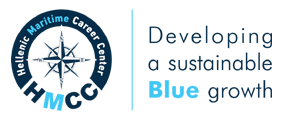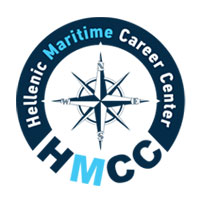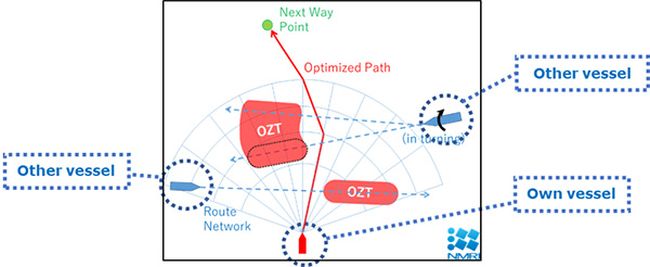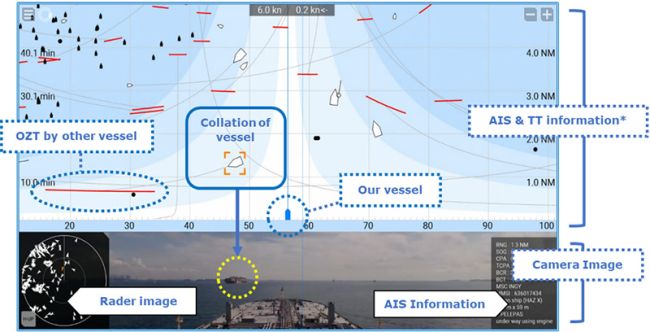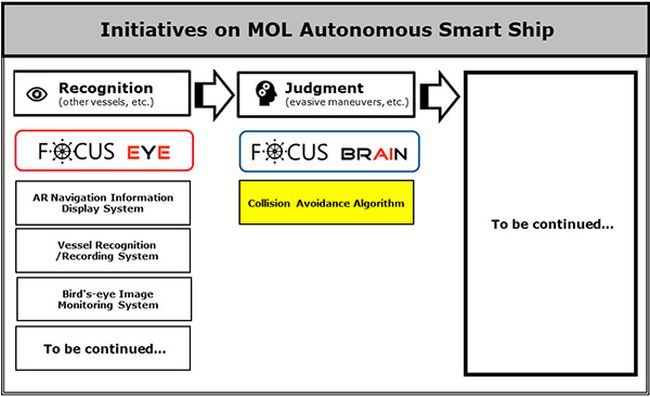
World’s First Floating Nuclear Power Plant Delivers First Electricity To Grid
December 20, 2019
Vard Signs Contract For Two New Luxury Expedition Cruise Ships For PONANT
December 20, 2019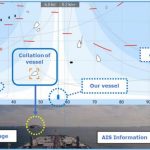
Mitsui O.S.K. Lines, Ltd. (MOL) announced that the company, along with MOL Marine Co., Ltd., National Maritime Research Institute of National Institute of Maritime, Port, and Aviation Technology(MPAT), and Tokyo University of Marine Science and Technology have signed a contract under which they will conduct a joint study on collision avoidance algorithms and autonomous collision avoidance.
The project members will study collision avoidance algorithms and autonomous navigation/remote ship operating system.
The system will be assessed by active watch officers using a ship handling simulator and actual vessels, in preparation for installing on in-service vessels.
In the project, AI technology (Note 1), such as rule-based AI and deep reinforcement learning technique, and Obstacle Zone by Target (OZT) (Note 2) algorithm are used to make a decision to avoid collision dangers and to take actions to avoid the target ships.
MOL has been already categorized its research on navigation support systems related to “recognition” such as “AR Navigation Information Display System” as its “FOCUS EYE” series. In order to accelerate its programs to advance safe operation and to realize autonomously navigated vessels (Note 3), MOL has newly set up “FOCUS BRAIN” series to categorize navigation support systems related to “decision making,” such as the collision avoidance.
MOL has moved ahead with advanced support of safe operation and reduction of its environmental impact, as set out in the MOL’s Smart Ship Project “ISHIN NEXT”, which began in November 2016, and aims to become customers’ first choice as a logistics business partner by applying ICT technology to improve service quality and efficiency.
* AIS: Automatic Identification System; TT: Target Tracking
(Note 1)
Rule-based AI and deep reinforcement learning are approaches of Artificial Intelligence (AI) technology
Ruled-based AI: A method of decision making of action in a given condition using rules made by human.
Deep Reinforcement learning: A method of decision making of action using knowledge learned by trial and error by machine. (one of the machine learning’s algorithms).
(Note 2)
Obstacle Zone by Target (OZT) is an area where a vessel may possibly collide with the other vessel sailing around it (other vessel) when it is aimed at the area. Our algorithm conducts an evasive maneuver by navigating a course that avoids OZT.
(Note 3)
Please refer to the following diagram
Reference: mol.co.jp
Source: Maritime Shipping News
